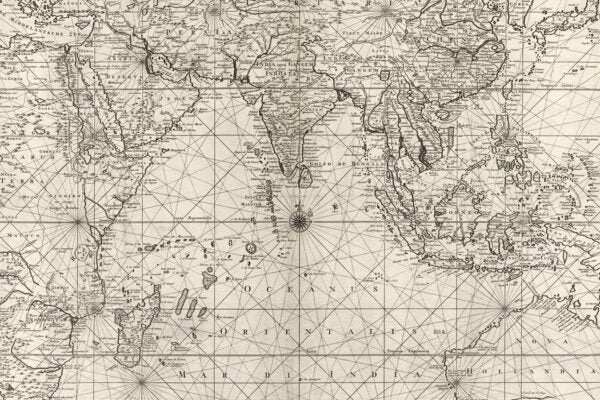According the Wall Street Journal, “The Italian government quietly began allowing armed American drones to fly out from an air base in Italy for military operations against Islamic State in Libya and across North Africa—a breakthrough for Washington after nearly a year of negotiations.”
What does Italy have to do with it? It’s not just geography. The Italian-Libyan connection may not be well known in the U.S., but the histories of these two countries are intimately intertwined: from 1911-1943, Libya was an Italian colony. Carole Collins sketches this history in her account of imperialism and revolution in the fourth largest nation on the African continent.
Like other European powers in the 19th century, Italy looked to Africa for potential resources, markets, and as a way to garner prestige in the international arena. Italy itself had only been unified in 1871, a decade before it made its first venture south into Ethiopia. Before World War II, the Italian Empire, with its conscious echoes of the Roman Empire, held at its height a good chunk of North Africa, the Horn of Africa, the eastern shore of the Adriatic, and a handful of Greek islands.
How the Italians got their hands on Libya is detailed by David G. Hermman. The 1911-12 Italian-Turkish War resulted in Italian control of three former Ottoman provinces in North Africa, but it was not the glorious imperial invasion the Italians thought it would be. Their large army was stalemated for a year by a few thousand Turks and their local allies. Victory, it turned out, came on the political front.
Some 150,000 Italians settled in the region over the next few decades. Italians christened their colony “Libya” in 1934, taking an ancient Greek name for the region. Local resistance to this colonial project resulted in harsh countermeasures, including concentration camps and massacres.
Italian rule lasted until the defeat of the Fascists and their Nazi allies in North Africa in 1943. In 1951, the Allied occupation ended when Libya declared its independence. A king ruled the country until the 1969 military coup that brought Muammar Gaddafi to power. One of his first acts was the expulsion of the last vestiges of the Italian community, which then encompassed approximately 20,000 people. Pamela Ballinger examines what happened to these Italian colonialists in the post-colonial era.
In 2008, Italy and Libya agreed to a cooperation treaty, which included $5 billion in Italian compensation for colonialism and, as then Italian Prime Minister Silvio Berlusconi stated, for the “killing, destruction, and repression of the Libyan people.” That treaty fell to the wayside during the “Arab Spring” and the civil war that followed in 2011.
History itself isn’t ironic, but historians may read it that way: there is a fair chance that Italian military personnel, should they be sent to Libya in the coming months, might be the descendants of earlier Italian armies or settlers in Libya.







